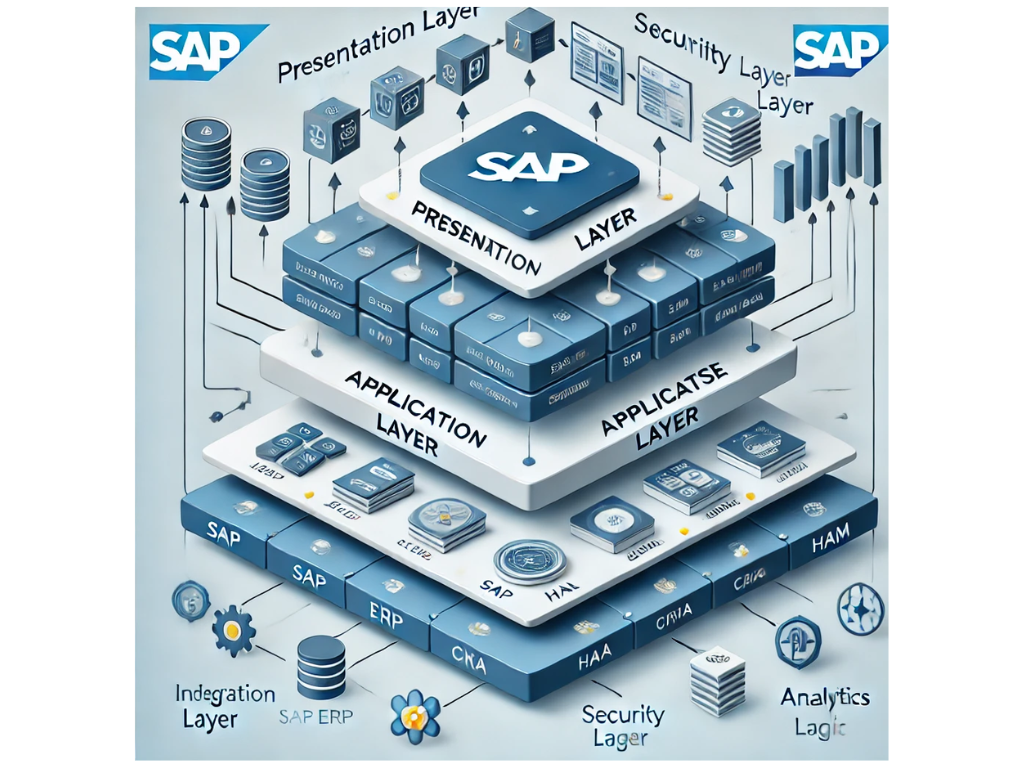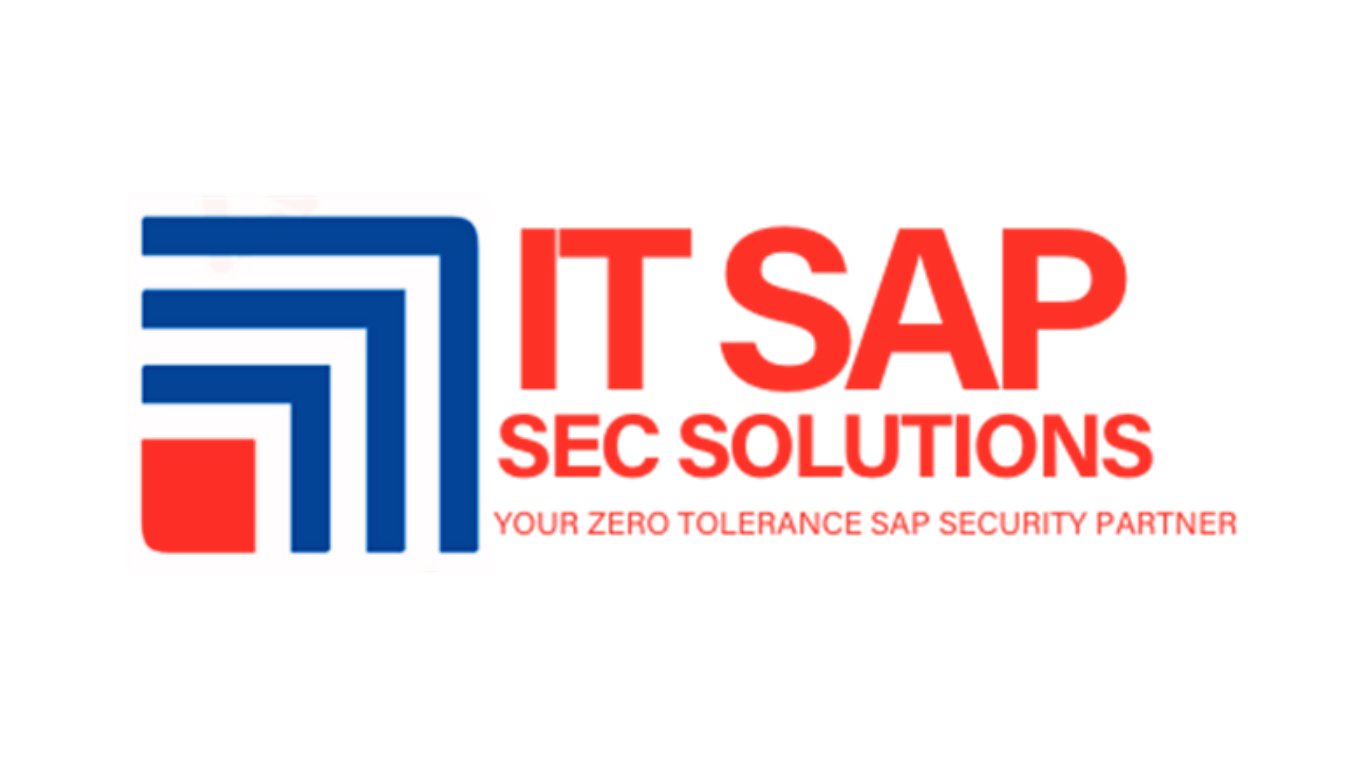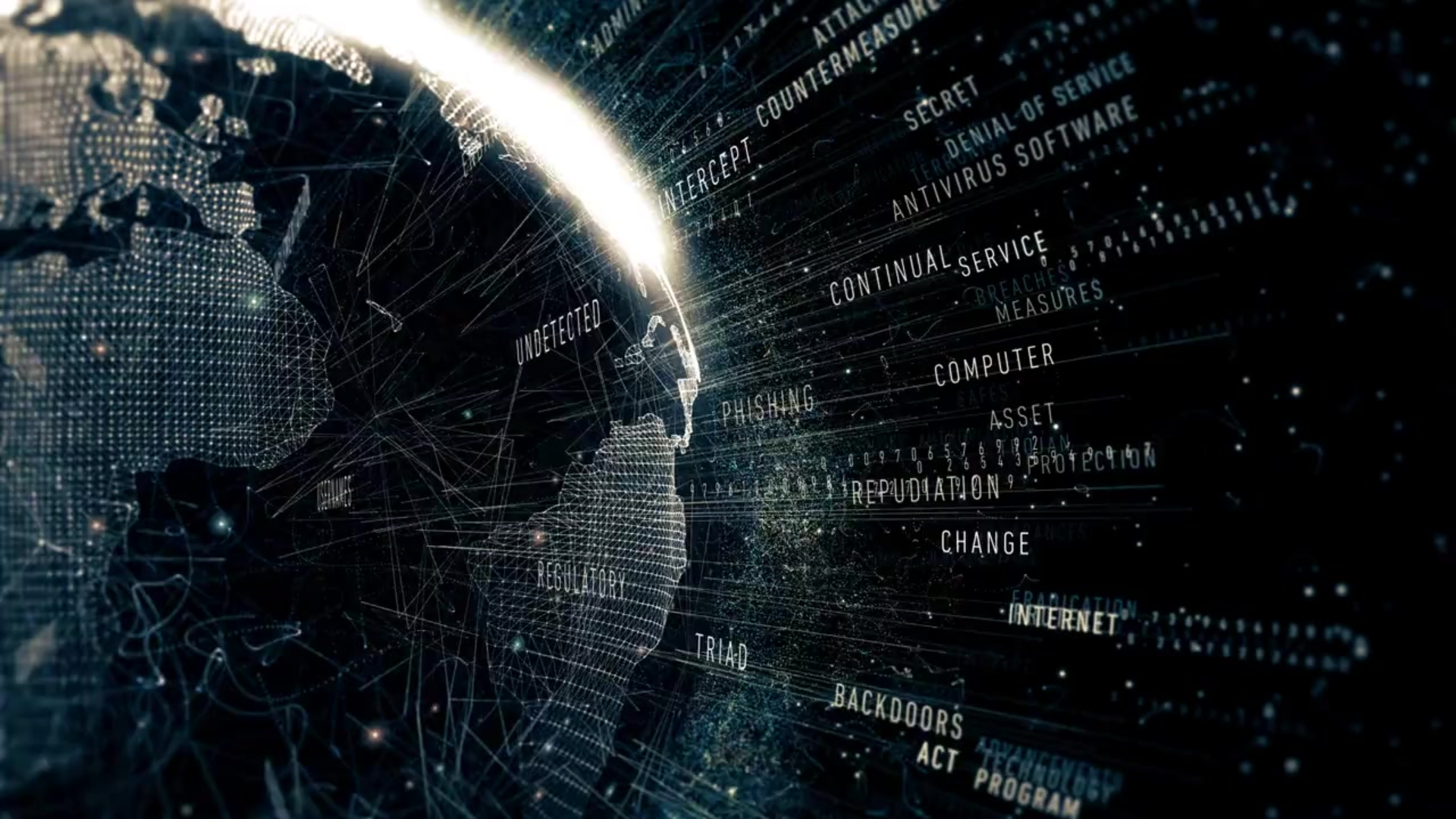In today’s digital landscape, IT security is essential for protecting SAP systems like Fiori and ECC against unauthorized access, misuse, and cyber threats. While both systems are robust, their unique structures demand tailored security approaches. Effective IT security begins with a consciousness of protecting your digital assets, systems, and data through a comprehensive blend of technology, policies, and proactive measures.
IT Security in SAP: Key Differences Between Fiori and ECC
- Architecture and Access Control
- Fiori: Fiori’s modern web-based interface requires granular security measures for real-time user interactions, app-level access, and role-based controls integrated with SAP Gateway.
- ECC: ECC's traditional, transaction-driven environment relies on well-defined access controls tied to business processes, making it relatively static but robust.
- Dynamic Threat Landscape
- Fiori: Exposed to modern attack vectors like cross-site scripting (XSS) or session hijacking due to its web-centric nature.
- ECC: Primarily vulnerable to privilege escalation and unauthorized database access.
Building Blocks of IT Security
1. Technology and Tools
- Firewalls and Network Security: Protect SAP landscapes from external threats by controlling traffic flow.
- Encryption: Secure data in transit (via HTTPS) and at rest using SAP-supported encryption protocols.
- Antivirus and Anti-malware: Guard against malicious software targeting critical systems.
- Intrusion Detection and Prevention Systems (IDS/IPS): Actively monitor and respond to unauthorized access attempts.
- Access Control Systems: Ensure only authorized personnel access sensitive SAP areas.
2. Policies and Procedures
- Security Policies: Define clear guidelines for safeguarding data and systems.
- Incident Response Plans: Detail steps to mitigate breaches and minimize damage.
- Backup and Recovery Plans: Ensure business continuity by securing data redundancy.
3. People and Awareness
- Employee Training: Prevent phishing and social engineering attacks through awareness programs.
- Roles and Responsibilities: Assign accountability for security tasks within teams.
- Leadership Commitment: Secure funding and support for prioritizing IT security.
A Cybersecurity Scenario: Threat Mitigation in SAP
An international manufacturing company using SAP Fiori for supply chain management faced a ransomware attack. Threat actors gained access through a compromised third-party vendor, encrypting critical order processing data.
The response:
- Intrusion Detection: Immediately flagged the unusual activity, isolating the affected systems.
- Backup and Recovery: Protocols restored operational data without paying the ransom.
- Post-incident: The company implemented enhanced vendor vetting, real-time monitoring with SIEM tools, and user training to prevent recurrence.
This proactive approach not only mitigated the attack but also strengthened the organization's overall security posture.
Why Prioritize IT Security in SAP?
Securing Fiori and ECC systems demands a blend of technology, processes, and people-focused strategies, as well as adaptability to emerging threats. Regular audits, robust access controls, and continuous monitoring ensure resilience and compliance with legal frameworks like GDPR or HIPAA.
Take charge of your SAP security today—protect your data, systems, and reputation by staying ahead of evolving cyber threats. Effective security starts with a commitment to consciousness, adaptability, and proactive measures.



